“Father, where’s heaven?” asked Tabitha.
“Wherever your mother and onions meet together,” said Simon.
“That’s what I thought,” said Tabitha with satisfaction. “I knew it wasn’t just up in the sky. It’s my belief it’s everywhere.”
🌿 Elizabeth Goudge, The Valley of Song
Welcome to our July Goudge Readalong!
Goudge published this book in 1951—the same year she published God So Loved the World. So somehow, she wrote both of these books, while also nursing her dying mother day and night. Goudge said that she wrote The Valley of Song, “very much under the shadow of death.” After 12 years of continuous grief—her father’s death, then WWII with friends and family gone, then her mother’s death—Goudge still found the hope to write.
What did she write about in the middle of her grief?
She about what it would be like to find that this earth already contains the “creative source of everything beautiful on earth,” as described by her biographer, Christine Rawlins.
Join us for a look at Buckler’s Hard as an introduction to The Valley of Song…
Where is Buckler’s Hard?
It is a historical location along the southern coast of the UK where many of the great ships of the past were built.
And this is not the first book that Goudge mentions “the Hard”! She has David Eliot visit the Hard in her first of the Eliot Chronicles, The Bird in the Tree.
Here are some maps to take you right to the location of Buckler’s Hard:


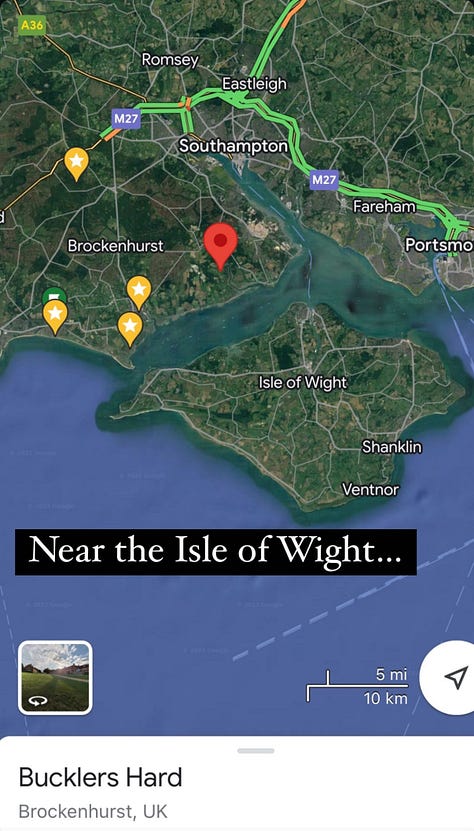
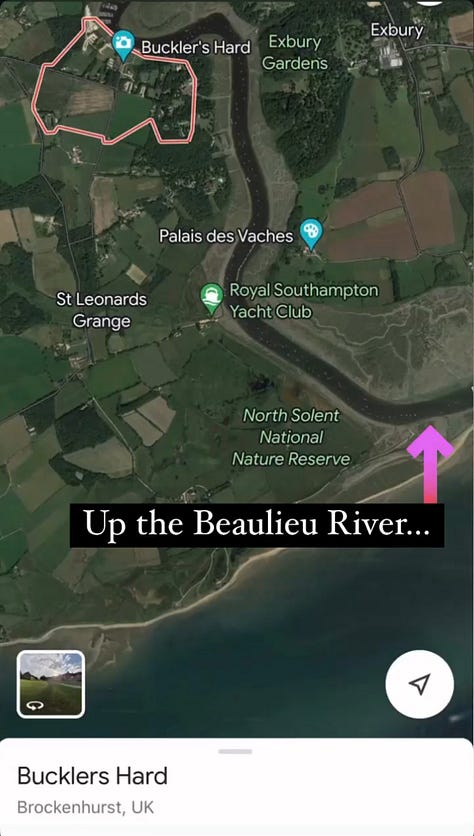
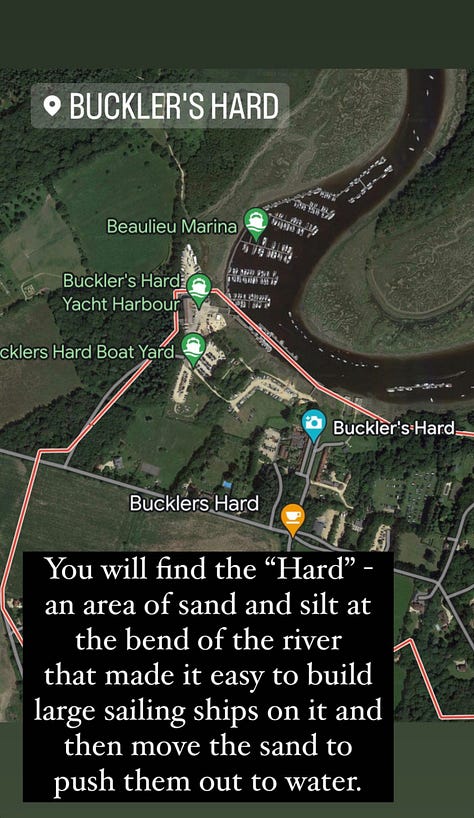
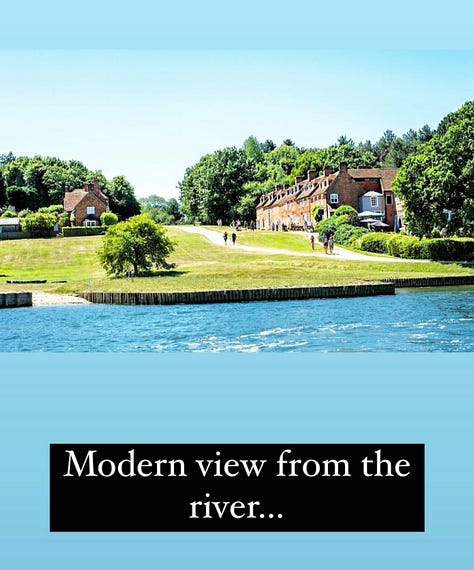
GGBP Edition
The Girls Gone By Publishers edition contains a wonderful history lesson about “the Hard” which is the setting of our story. In real life, many grand naval ships were constructed there in southern Britain, even some of the most famous, such as Nelson’s HMS Agamemnon.
But our story talks about what happens when a company fails to pay its bills!
The ship must come to life somehow, but not by the normal means. It must be by the love and charity of its makers.
Why is it called the “Hard”?
“Four factors made the ship building possible.
Firstly, there was its location on a navigable river leading into the Solent Estuary, which the river enters opposite Gurnard Head on the Isle of Wight.
Secondly there were the thousands of oak trees in the surrounding New Forest, for copious supplies of oak were essential to build the ships of the time. 4,000 trees were required to build one ship of the line (naval warship).
Thirdly it also possessed the sand and gravel banks known as 'hards' which were essential for the construction of the slipways where the ships were built and from where they would be launched into the river upon completion.
The final factor was the location some four miles away of the Sowley Pond Ironworks with its powerful forge hammer powered by a water wheel.”1
“It could take up to three years to build a ship. The felled trees were transported to the slipway and cut to the shape needed with as little delay as possible. The first to be laid was the keel, followed by the stem (the most forward part of the bow) and stern posts, ribs and beams. These were then protected from the weather by a rough roof, as work would then stop for perhaps as long as a year, to allow the wood to season. When the work recommenced the seasoned wood planks were built onto the ribs and the deck planking to the beams. When this was completed the next stage was caulking and paying' which meant filling the seams between the planks with oakum (tarred fibre used to seal gaps) and paying (sealing) with hot pitch. After this the blacksmith's work was essential as iron bolts and nails were used especially above the water line. Later the mast and spars were erected.
From 1743 to 1818 Buckler's Hard was a busy and successful place.”2
“Elizabeth Goudge visited the Hard on a number of occasions and had friends who lived there. She loved the small Chapel of St Mary the Virgin which is still an active church today with weekly services serving the local community and visited by thousands of visitors. The Chapel had been created from what was originally a cobbler's shop in the 1700s which later became a Dame's School similar to that attended by Tabitha. In the 1880s church services were held in the schoolroom and when the vicar Revd Powles celebrated Holy Communion he originally used the mistress' desk as an altar. In 1886 an altar was installed and it was dedicated to the Virgin Mary…”3
Goudge’s fairytale “failure”
“I love only three (of my books). The first is a book I wrote in Devon, a children's book called The Valley of Song, a mixed up, confused book liked by a few children (and how I adored those children) but otherwise a quickly vanishing failure. I wrote it very much under the shadow of death but so much seemed to come through to me from the shadow that I loved the book…”
🌿 Elizabeth Goudge, The Valley of Song
You will need your imagine this month for Goudge’s “mixed up… vanishing failure” fairytale! It is most definitely not a failure, but a beautiful adventure close to the heart of creativity. I hope you can relax and enjoy the ride!
Our book chat live on Zoom will be the last Wednesday of the month at 3pm EST, so that is July 30th this month.
Our discussion schedule will be:
Week 1: Chapters 1-4
Week 2: Ch 5-8
Week 3: Ch 9-13
Week 4: Ch 14-18
Let us know below if you are reading The Valley of Song for the first time, or as a reread? Thanks for joining us!
Related posts:
Ibid
Ibid





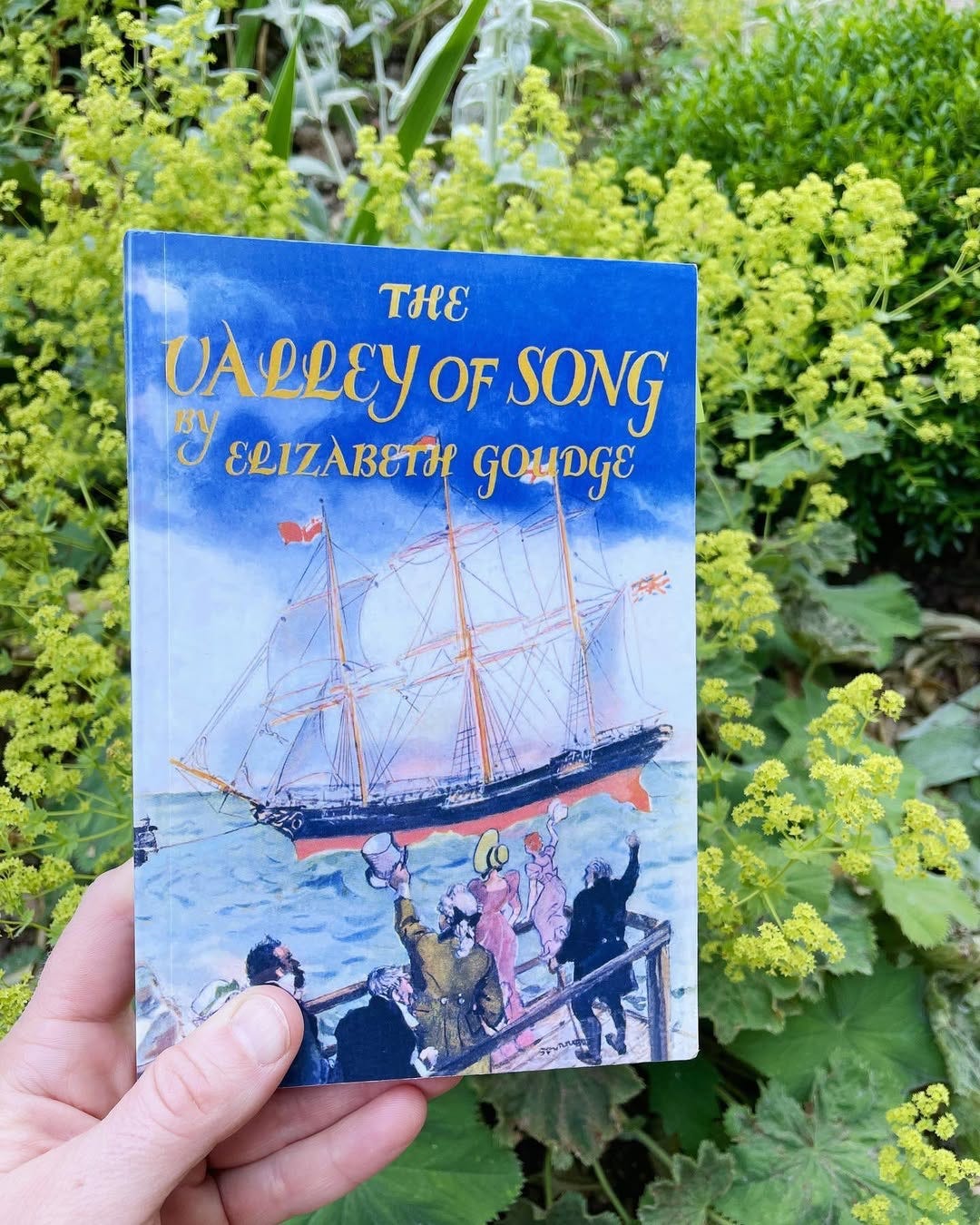
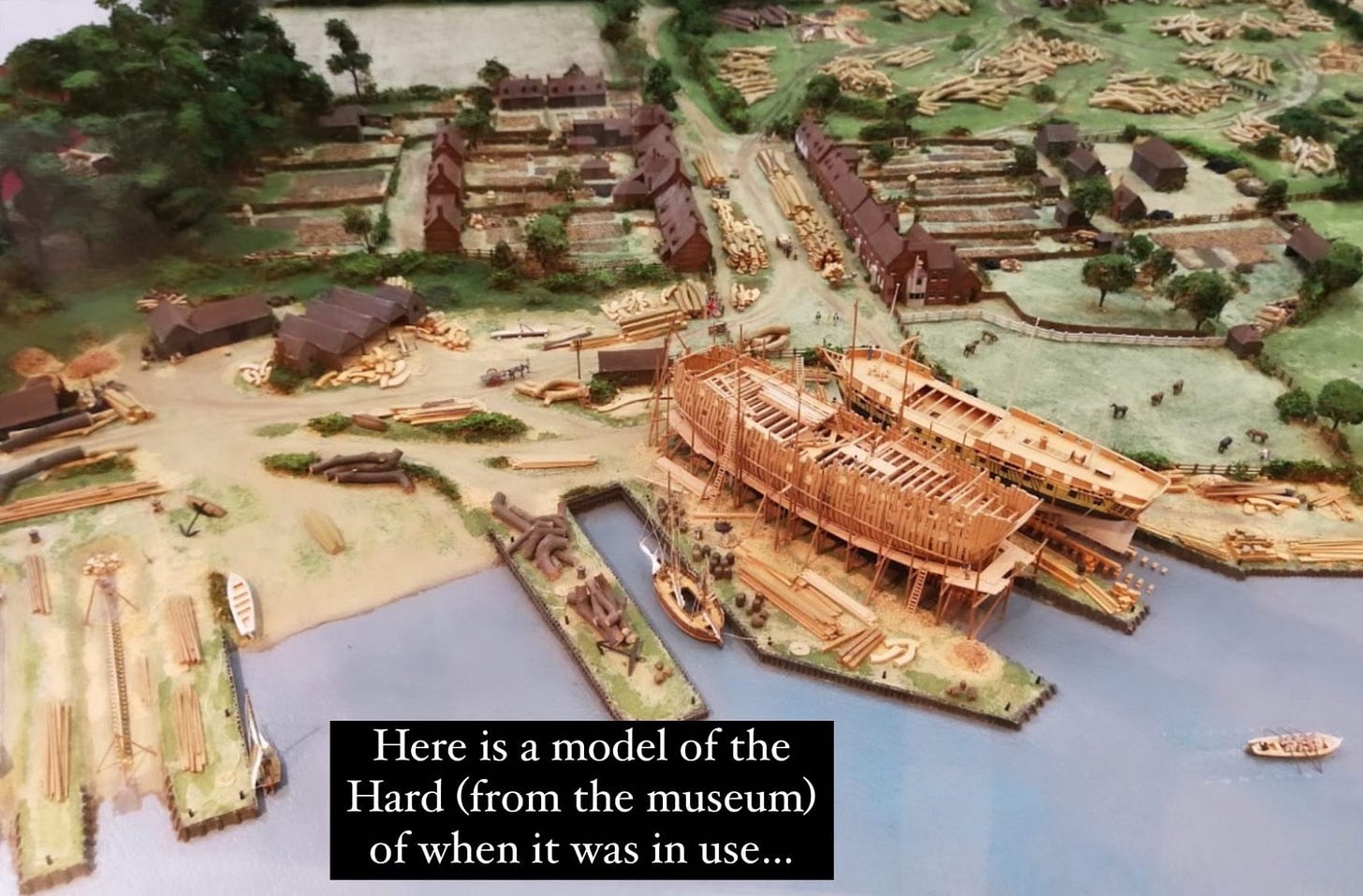
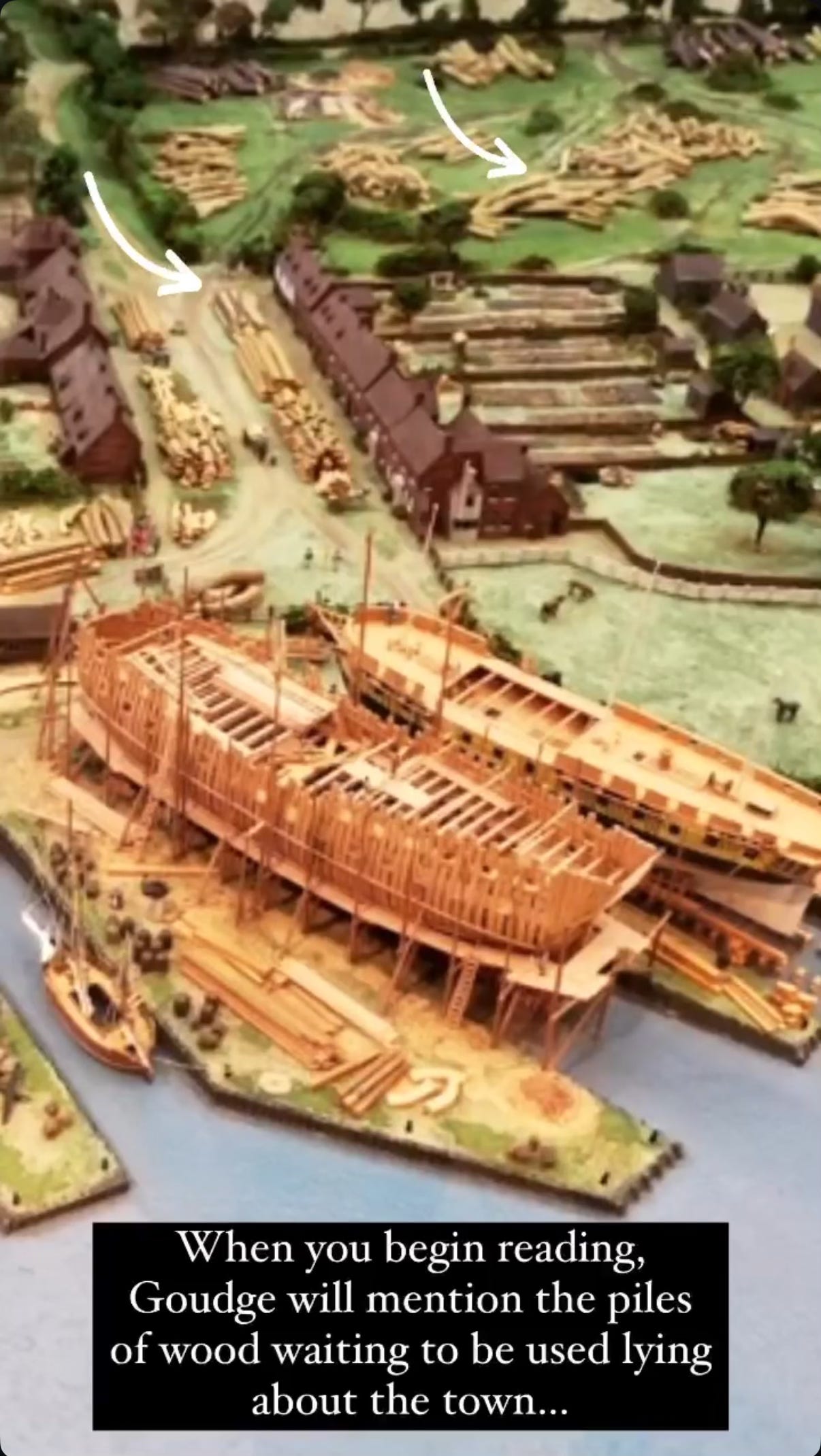
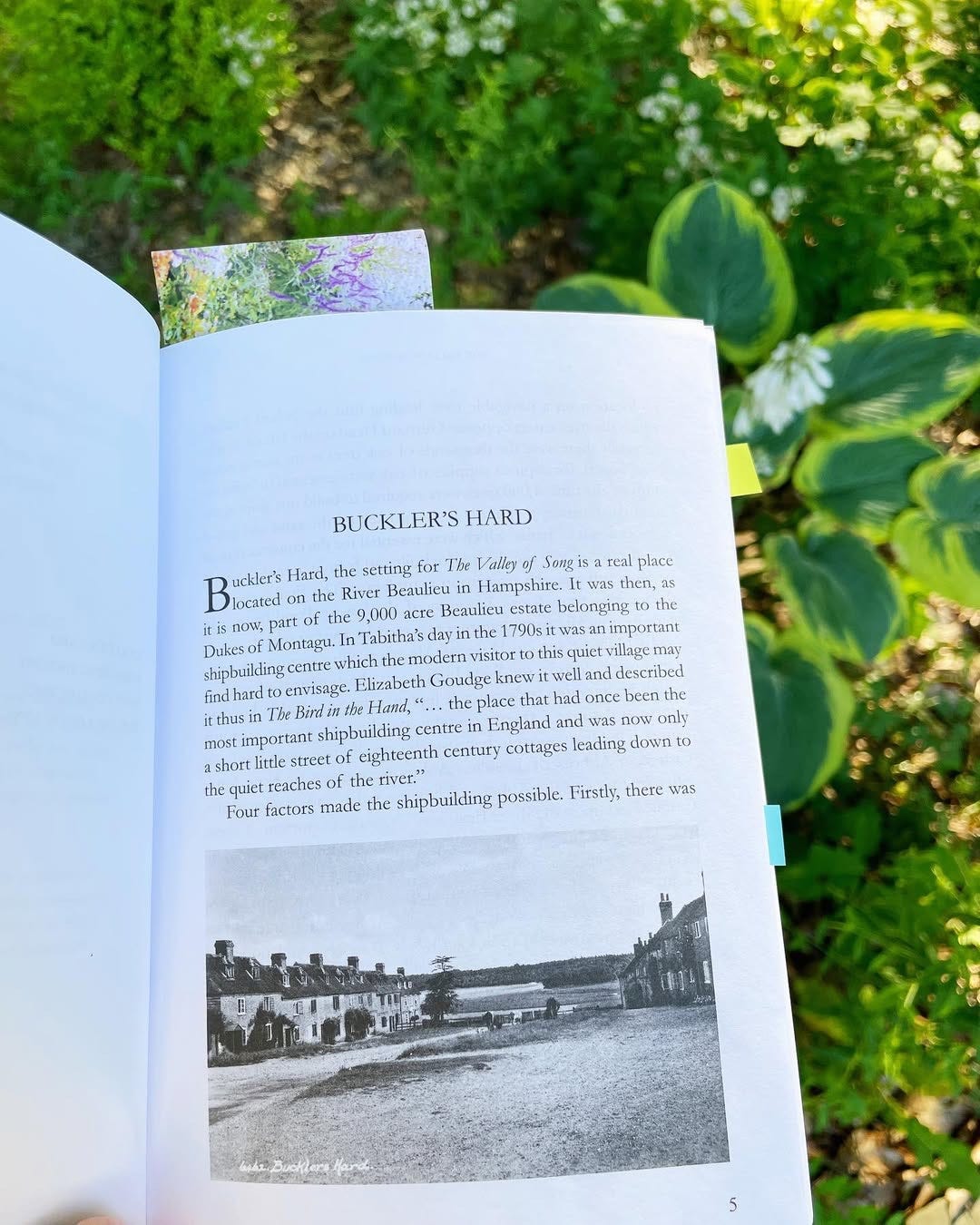

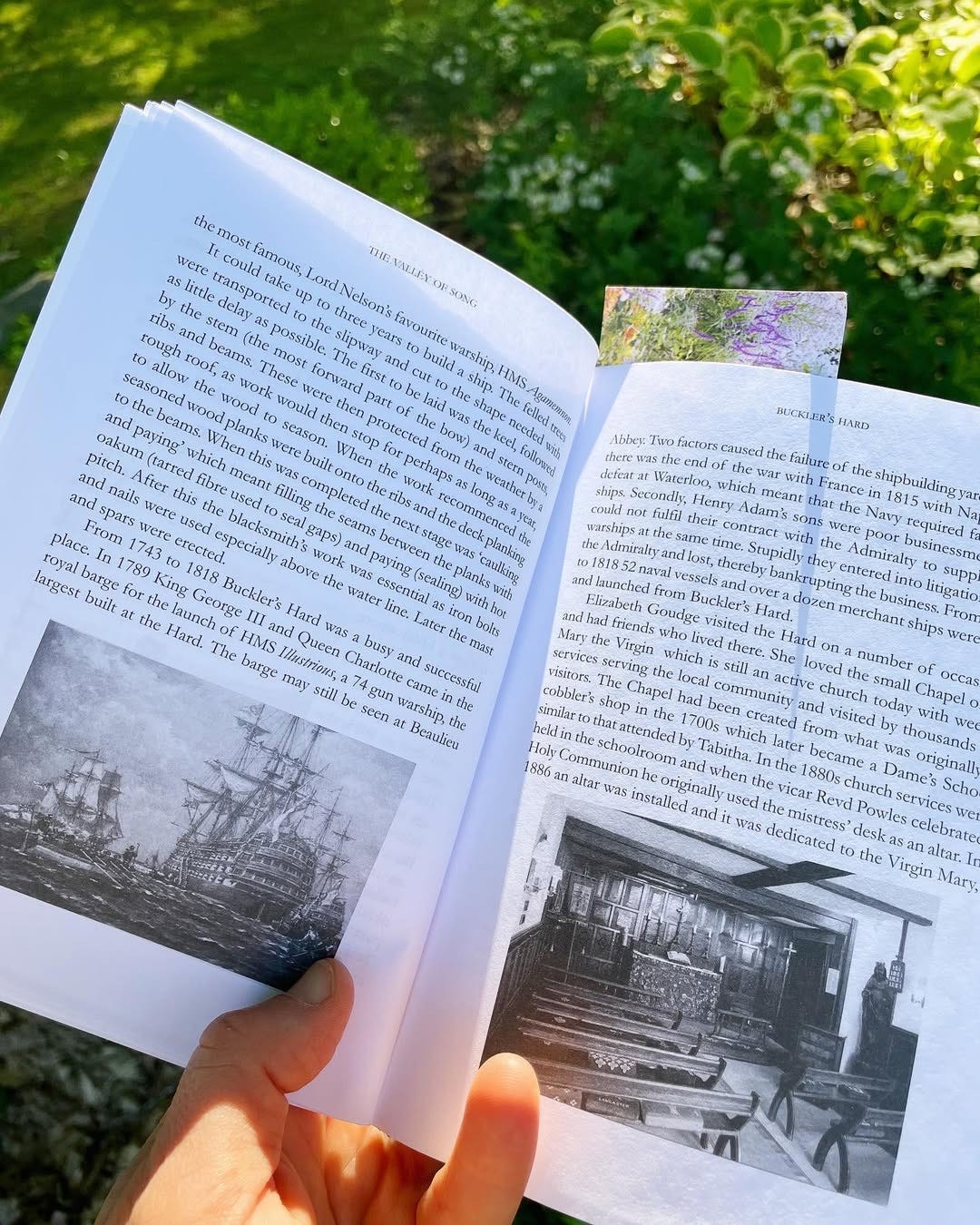

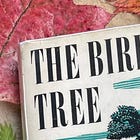



I have been devoted to Elizabeth Goudge's books since my mother introduced me to them in my teens. I'm now in my 60s but have only read TVoS once before; it clearly hasn't been a favorite. I'm looking forward to joining the discussions here as I read it again with a mind receptive to understand it better.
I've been looking forward to this ever since the discussion we had last summer. I just hope I will be able to turn off my adult critical thinking habits enough to enjoy the story on its own terms. I read the first section of chapter 1 last night, and it's already obvious this will be an unusual book. For one thing Tabitha is not the usual heroine, very different from Maria Merryweather or Henrietta. Also we've already had a tease about the Valley of Song which is evidently a mysterious place since only Tabitha knows of its existence... or so she thinks!